Adopting solar energy is an effective way for both homeowners and businesses to cut down on monthly utility bills. Solar installations not only provide on-site power generation but are also environmentally friendly, as they depend on clean solar energy rather than fossil fuels.
However, these advantages are not without conditions.
Maintenance and Upgrades
Regular monitoring, cleaning, and maintenance of your solar panel system are essential for optimal performance. Occasionally, upgrades might also be necessary to keep your system up-to-date.
Daytime Savings, Nighttime Costs
Solar panels are effective when the sun is out, but you’ll still rely on grid electricity during nighttime or overcast days. The growth of solar energy has pushed peak hours later. This reduces potential savings for those who require more energy in the evenings.
Net Energy Metering
State programs like net energy metering allow you to sell excess solar electricity back to the grid, effectively using it as a “virtual” storage. However, these credits often come at wholesale rates, limiting the financial benefits.
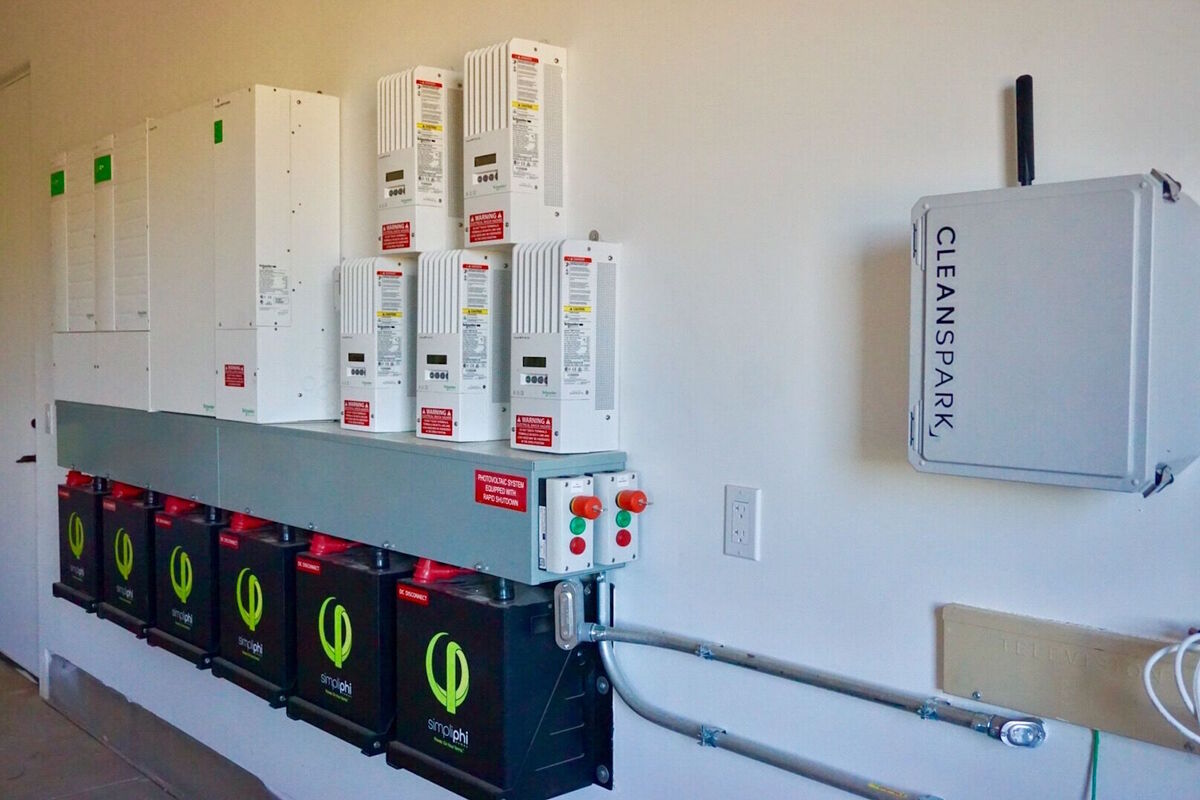
Battery Storage Solutions
To maximize their solar investment, many are now opting for on-site battery storage systems.
Connecting Solar Panels to Batteries
The connection involves specific wiring and components, often including a charge controller to prevent overcharging of the batteries.
However, each manufacturer has unique specifications, and using non-licensed installers can void warranties, as seen with products like Tesla’s Powerwall.
If your current PV system was not initially designed for battery integration, you have two options:
- Adding a second AC-coupled inverter – This method involves multiple steps of DC/AC power conversion, making it less efficient due to energy losses at each stage.
- Installing a storage-ready solar inverter – More efficient but also more complex, thereby increasing installation costs.
While solar panels offer a promising way to reduce utility costs and be eco-friendly, maximizing these benefits often involves meticulous system management, additional battery storage, and a consideration of compatibility issues.

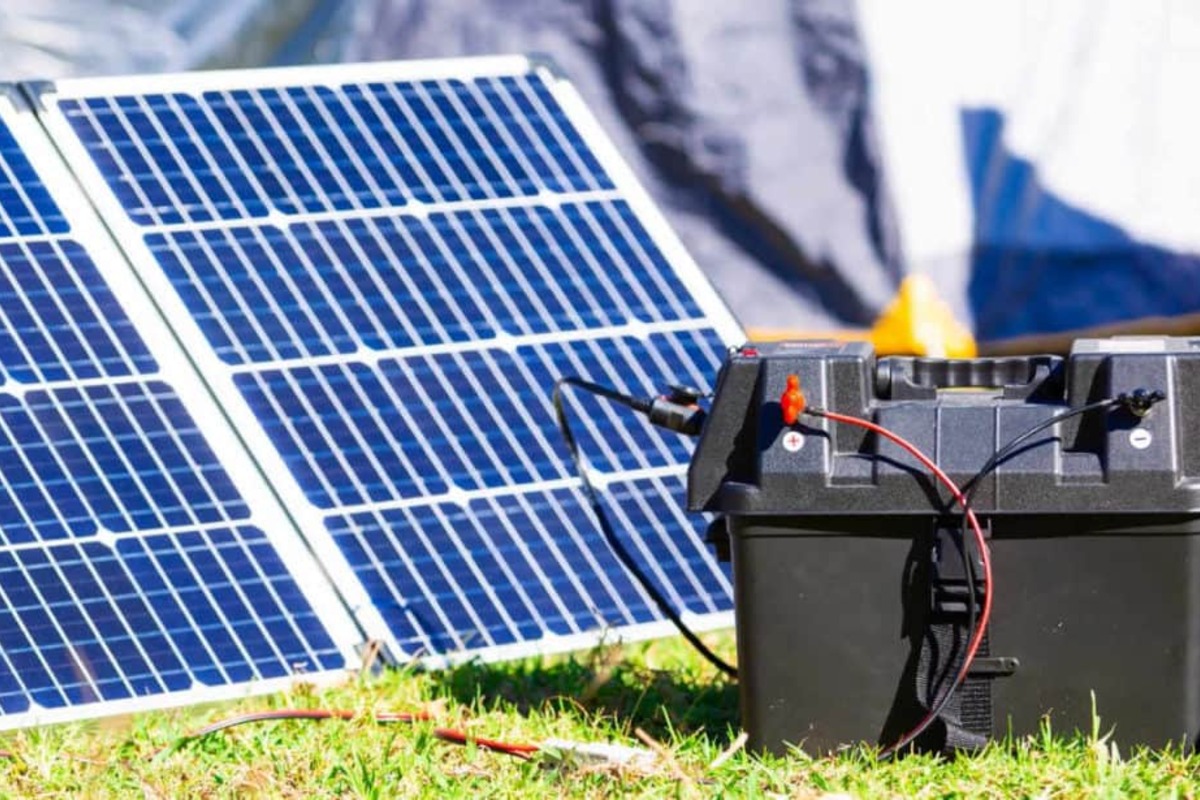
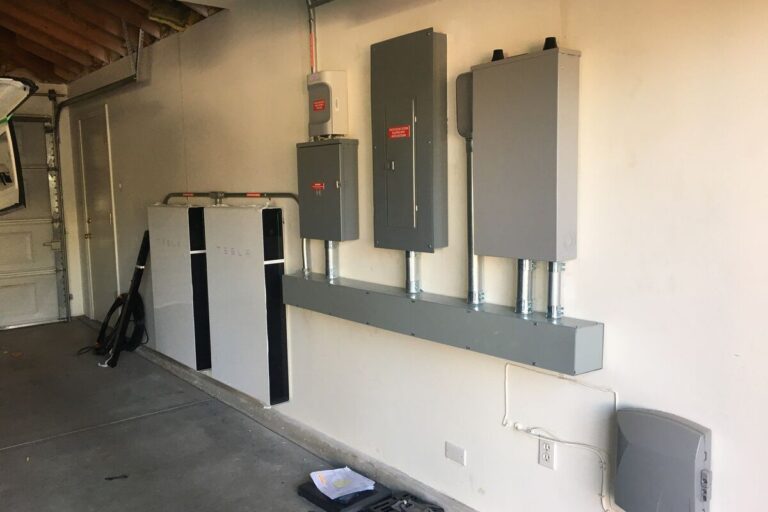
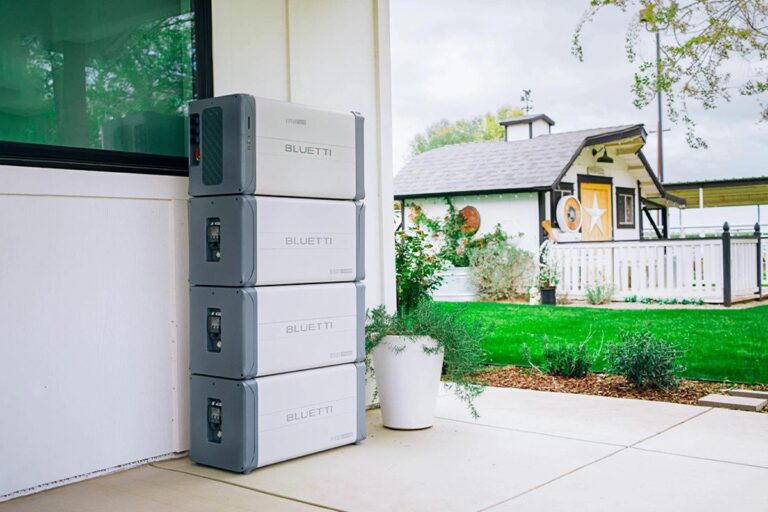
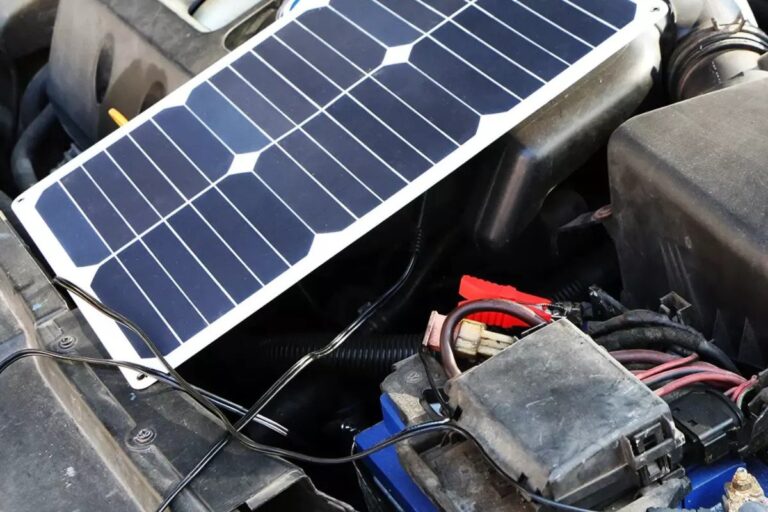
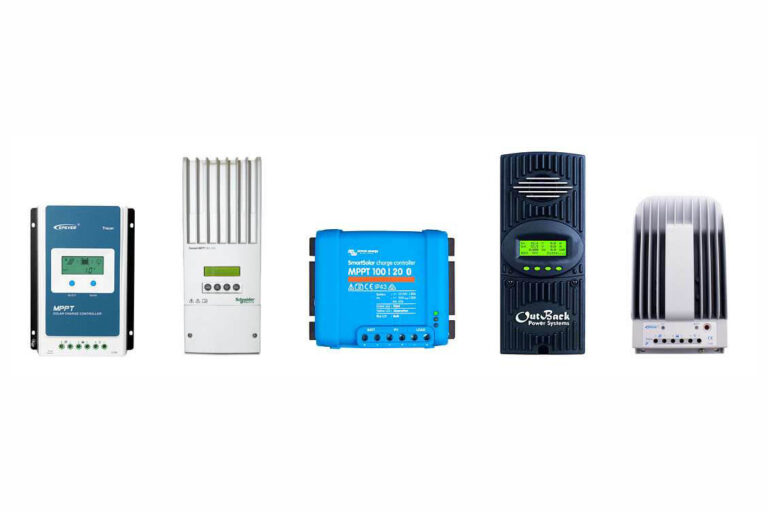
+ There are no comments
Add yours